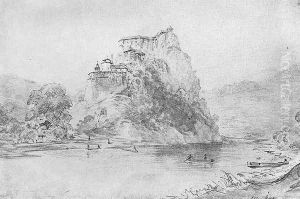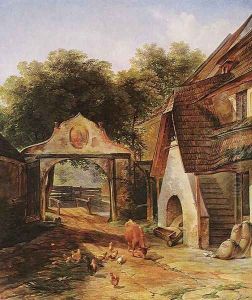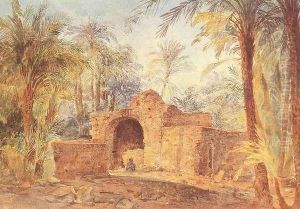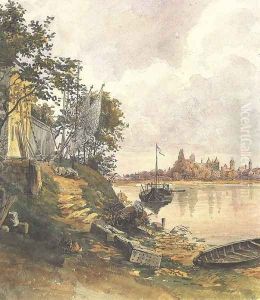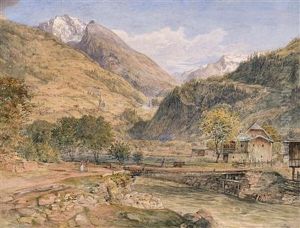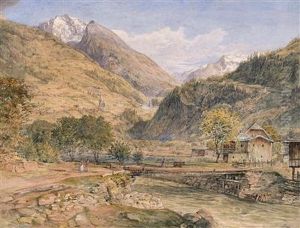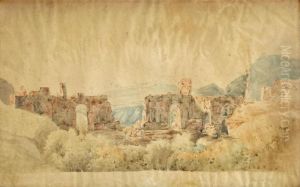Karoly Lajos Libay Paintings
Károly Lajos Libay was a Hungarian painter and graphic artist born on April 6, 1814, in Marosvásárhely, which at the time was part of the Kingdom of Hungary and is now Târgu Mureș, Romania. Libay showed an early talent for art and was encouraged to pursue his passion. Hungary during the 19th century was experiencing a national revival in arts and culture, and Libay was part of this movement that aimed to define a distinct Hungarian artistic identity.
Libay's education in art began in Pest, where he studied under the guidance of established Hungarian artists. He later continued his studies abroad, which was common for Hungarian artists of the time. Libay went to Vienna, which was a major center for the arts in the Austro-Hungarian empire, and subsequently to Munich, which was known for its vibrant art scene and academy. His travels and studies in these cities allowed him to absorb various artistic styles and techniques, which he incorporated into his work.
Throughout his career, Libay created a diverse range of works including historical paintings, portraits, and genre scenes. He was particularly known for his skill in capturing likenesses in his portraits, which were highly sought after by the Hungarian nobility. His historical paintings often depicted moments from Hungarian history, reflecting the nationalistic spirit of the period. Additionally, his genre scenes portrayed everyday life, offering insights into the customs and culture of 19th-century Hungary.
Libay's contributions to Hungarian art were significant during his lifetime. He was one of the artists who helped lay the foundations for later developments in Hungarian painting. Despite the fact that he is not as widely recognized internationally as some of his contemporaries, he remains an important figure within the context of Hungarian art history.
Károly Lajos Libay passed away on January 17, 1884, in Pest (now part of Budapest). His legacy is preserved in Hungarian national collections and museums, where his works continue to be exhibited. His commitment to portraying Hungarian subjects contributed to the strengthening of national identity through the visual arts during a pivotal time in the country's history.
